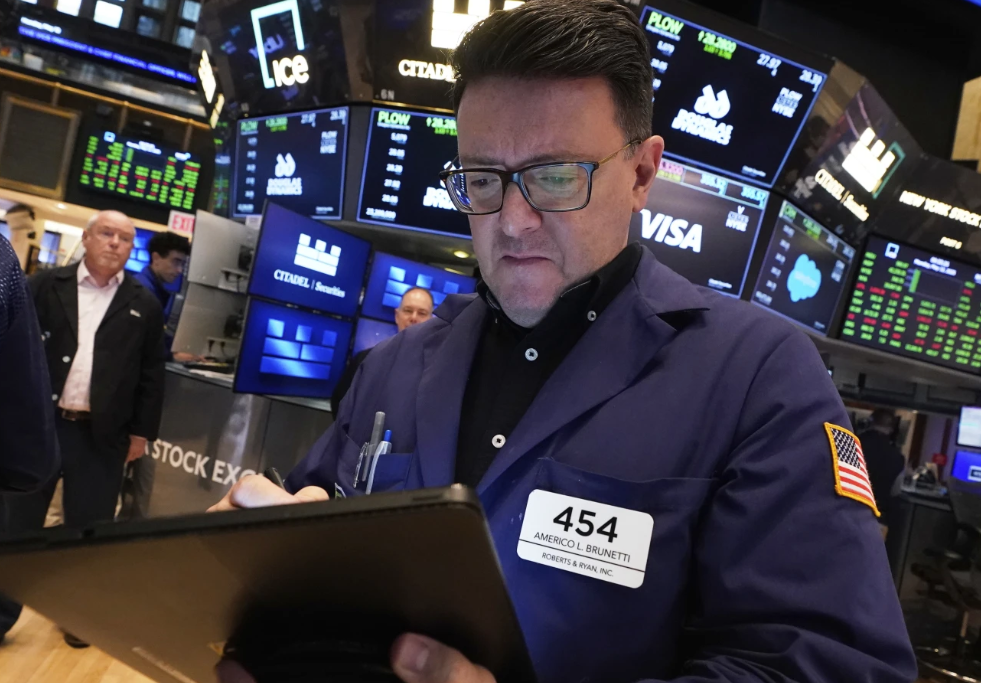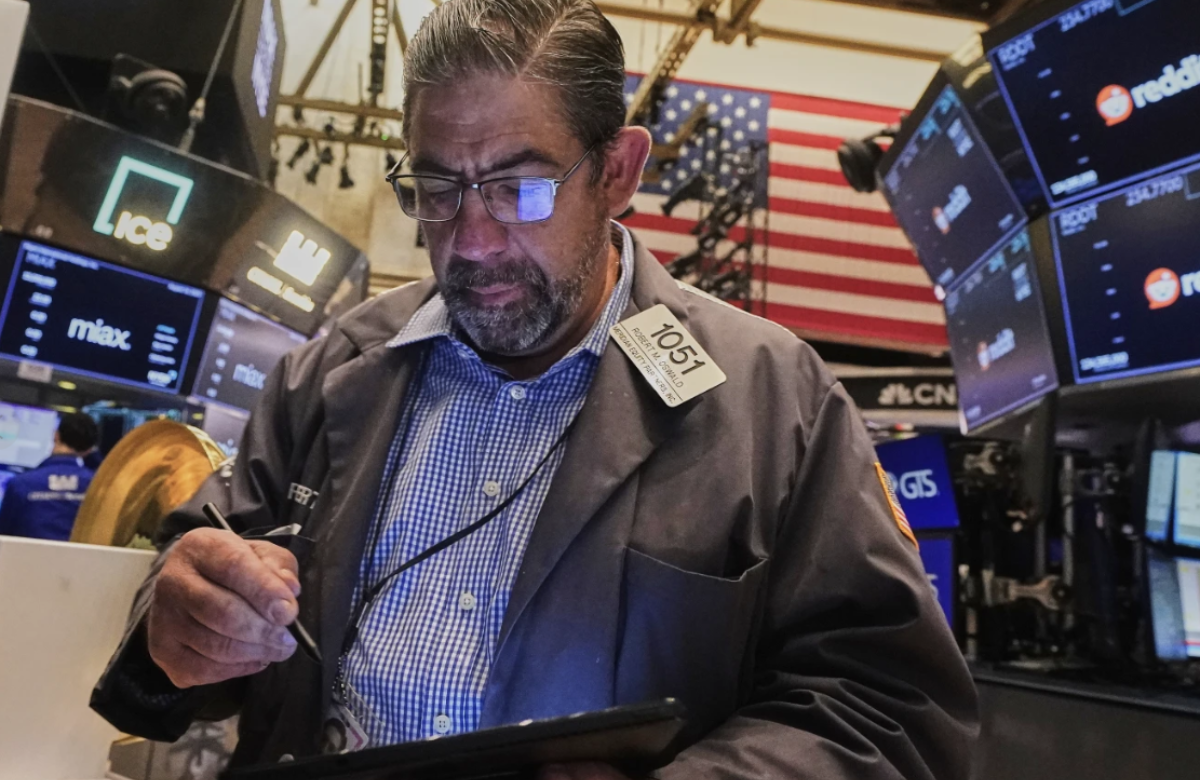U.S. stocks surged Monday following an agreement between the United States and China to pause their trade war for 90 days. Both nations agreed to temporarily reduce many of their tariffs, easing investor concerns about a potential recession and supply disruptions.
The S&P 500 rose 2.9% in the afternoon, nearing its all-time high from February and recovering significantly from a sharp drop the previous month. Optimism that President Donald Trump may reduce tariffs after sealing trade deals with several countries has fueled the market rally. The Dow Jones climbed 995 points (2.4%), while the tech-heavy Nasdaq jumped 3.9%.
Analysts described the tariff truce as a “best-case scenario,” surprising many investors with the depth of tariff reductions. Crude oil prices also gained more than 2%, driven by expectations that a healthier global economy would boost energy demand. The U.S. dollar strengthened against several major currencies, and Treasury yields rose on hopes that the Federal Reserve may not need to cut interest rates as aggressively this year.
As market risk eased, investors moved away from safe-haven assets like gold, sending its price lower.
Jonathan Pingle, chief U.S. economist at UBS, estimated the truce could boost U.S. economic growth by 0.4 percentage points this year. That’s meaningful, given that the economy contracted at an annualized rate of 0.3% in the first quarter.
The timing of the truce is critical for retailers and suppliers preparing for the back-to-school and holiday shopping seasons. Carol Schleif of BMO Private Wealth noted the pause would allow businesses to restock shelves and stabilize supply chains.
According to a joint statement, the U.S. will lower tariffs on Chinese goods to 30% from up to 145%, while China will reduce tariffs on U.S. products to 10% from 125%. This temporary deal, stemming from weekend negotiations in Geneva, allows both sides to continue discussions.
However, market watchers remain cautious. Previous trade negotiations under Trump were unpredictable, and meaningful hurdles remain before any long-term agreement can be reached. Scott Wren of Wells Fargo Investment Institute emphasized the likely slow pace of progress.
This development follows a separate U.S. agreement with the United Kingdom last week to lower tariffs on U.K. imports to 10%, although that deal still needs time to be finalized.
Investors are also waiting for upcoming economic reports on inflation and consumer sentiment to gauge the impact of past tariff uncertainty. Still, the market showed widespread optimism on Monday.
Smaller U.S. companies, which are more reliant on the domestic economy, outperformed, with the Russell 2000 index rising 3.2%. Retailers and apparel brands benefited from the news, as many rely heavily on Chinese imports. Lululemon surged 7.7%, and Nike rose 7%.
Travel companies also gained on hopes that eased trade tensions would encourage spending on leisure. Carnival jumped 10%, and Delta Air Lines rose 5%. Retail giants Best Buy and Amazon, which source many products from Asia, each advanced more than 5%.
International markets mostly followed the U.S. lead. India’s Sensex jumped 3.7% after a ceasefire deal between India and Pakistan, defusing recent military tensions. Pakistan’s KSE 100 soared over 9%, briefly halting trading due to the rapid rise. The country also received a $1 billion disbursement from the International Monetary Fund to support its struggling economy.
In the bond market, the yield on the 10-year U.S. Treasury rose to 4.45% from 4.37%. The two-year yield, which reflects expectations for future Fed rate moves, climbed more sharply to 3.98% from 3.88%. Traders now largely expect only two rate cuts from the Federal Reserve this year, according to CME Group data.














